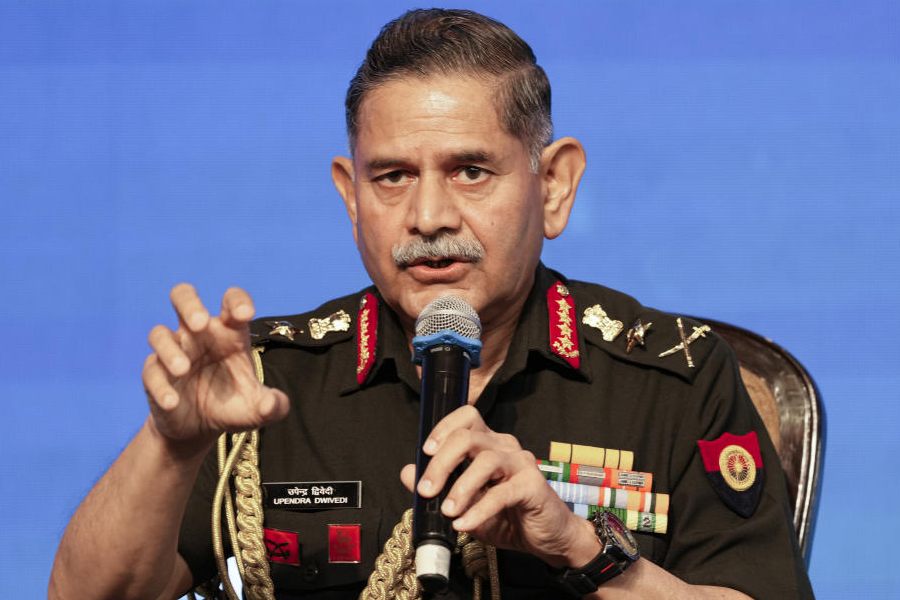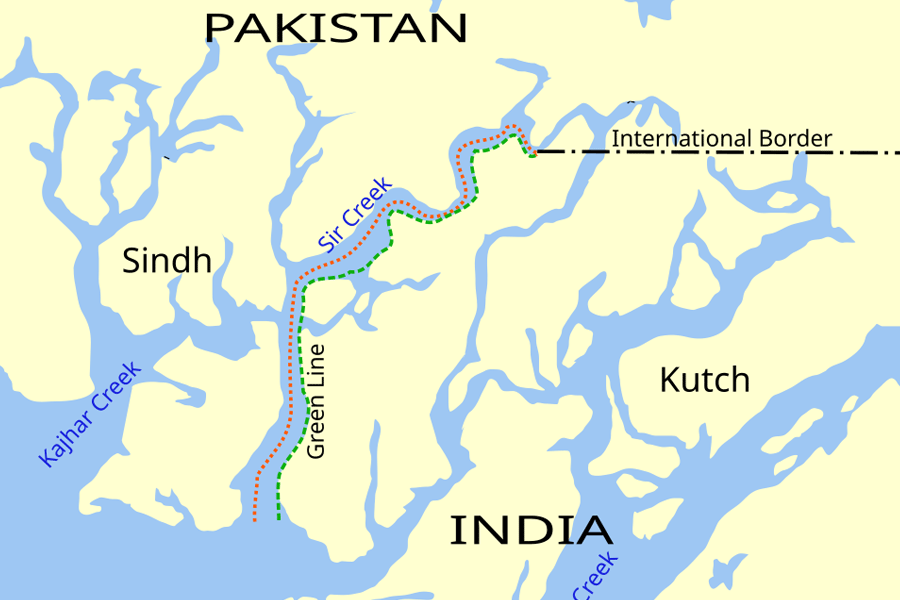|
|
| Charm, elegance and grace |
Heart to Heart By K. Natwar Singh, Rupa, Rs 395
Mahatma Gandhi to Jawaharlal Nehru, Indira Gandhi to Zia-ul Haq, Rabindranath Tagore to Nirad C. Chaudhuri, Don Bradman to Arthur Ashe, Sardar Patel to C. Rajagopalachari, Pope John Paul II to Nelson Mandela, Gabriel Garcia Marquez to Octavio Paz — all of them and many others figure in this collection of essays written over 17 years.
K. Natwar Singh, who in his career in the foreign service and later as a politician came in touch with a cross-section of men and women in public life, has offered thumbnail sketches of them in articles, book reviews and obituaries written between 1985 and 2002.
Most profiles are of people we have seen, read and heard about so much that it is inconceivable that there can be anything left to learn about them. But Heart to Heart does offer rich material for a trivia quiz:
Q. Who stopped Queen Elizabeth II from honouring Mother Teresa in Rashtrapati Bhavan after the invites had been sent out?
A. Indira Gandhi.
Q. Who introduced Dev Anand to Narayan to discuss the filming of Guide?
A. Here’s a surprise — Natwar Singh!
Anecdotes about people in power always make captivating reading, and Heart to Heart is no exception. Interest in the book rises and falls in proportion to the stock of the person profiled.
The essay on Zia-ul Haq, with whom the author had a long interaction when posted as ambassador to Pakistan, earns top marks.
Natwar Singh’s profile of Indira Gandhi is embarrassing in its praise. She is described as a “graceful, sparkling, engaging human being”, a “caring humanist” endowed with “charm”, “elegance” and “good taste”.
But even this flood of adjectives is not preparation enough for what follows. Describing a drive in Afghanistan with Indira Gandhi to see Babur’s resting place, Natwar Singh writes: “The Prime Minister of India stood there, with head slightly bowed, paying her homage. I was a couple of feet behind her. It was a moment to cherish, recall and remember. At that moment the centuries seemed to blend and blur.
“After a minute she stepped back and said, ‘We have had our brush with history’. I said, ‘I have had two.’ ‘What do you mean?’ ‘To pay one’s respects to Babur was itself an occasion,’ I said, ‘but to do so in the company of Indira Gandhi was the rarest of privileges’.”
Each of the profiles tells you as much about the author as it does about the subject.
If there is an irritant in the book, it is that the author is not content with telling stories about the high and mighty. He must appear in the stories himself.
So an article about how Indira Gandhi stopped an investiture by the Queen at Rashtrapati Bhavan that Margaret Thatcher was adamant on, ends with: “Prime Minister Thatcher in the concluding session singled me out for praise. Before leaving India, the Queen received me. She could not have been more gracious, she even had a royal gift for me.”
In another instance, he talks about how a national daily cut him out of a photograph of R.K. Narayan and Jawaharlal Nehru.
But for all the ill-concealed bragging about his career and his family line, his love of books and his 10,000-book-strong library and all the names that he can drop, Natwar Singh’s Heart to Heart is a very readable book written in an easy, conversational style.
One last word about the proof-reading: it is non-existent. Typos, spelling mistakes and missing punctuation marks stare out of page after page. And Mohammad Ali Jinnah’s year of birth is given as 1976!












